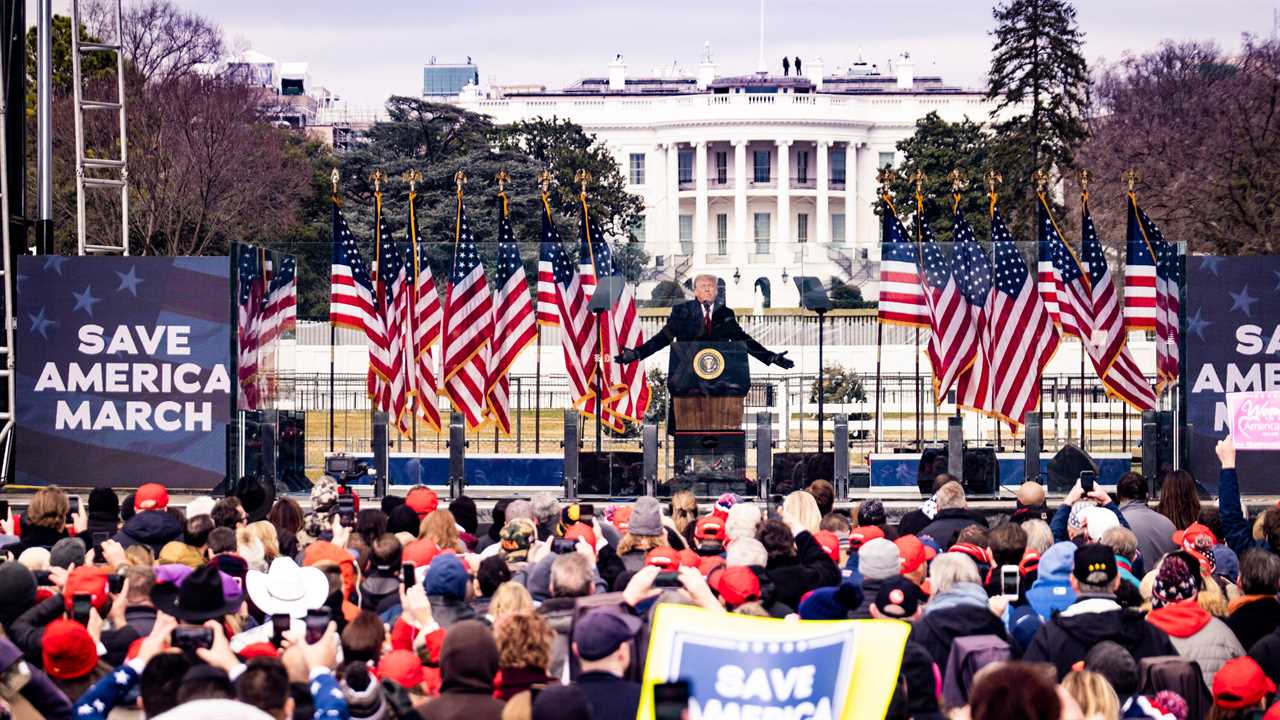
The impeachment trial of former President Donald J. Trump largely focused on his actions leading up to the violent attack on the Capitol on Jan. 6. But there was a crucial period that day of nearly five hours — between the end of Mr. Trump’s speech at the Ellipse urging his supporters to march to the Capitol and a final tweet telling his followers to remember the day forever — that remains critical to his state of mind.
Evidence emerged during the trial about what Mr. Trump was doing during those hours, including new details about two phone calls with lawmakers that prosecutors said clearly alerted the president to the mayhem on Capitol Hill. Prosecutors said the new information was clear proof of Mr. Trump’s intent to incite the mob and of his dereliction to stop the violence, even when he knew that the life of Vice President Mike Pence was in danger.
Senator Mitch McConnell of Kentucky, the Republican leader who on Saturday voted to acquit Mr. Trump but offered a sweeping endorsement of the prosecutors’ case, backed them up: “There’s no question — none — that President Trump is practically and morally responsible for provoking the events of the day. No question about it.”
Still, many crucial questions remain unanswered about the president’s actions and mood from roughly 1 to 6 p.m. Jan. 6. Here is what is known so far:
Mr. Trump concluded his incendiary speech on the Ellipse at 1:11 p.m. He had repeatedly told the crowd that the election was stolen from him and urged his supporters to march to the Capitol in a last-ditch effort to stop President-elect Joseph R. Biden Jr.’s victory from being certified. Mr. Trump said twice that he would go with them. Days before the march, he had told advisers that he wanted to join his supporters, but aides told him that people in the crowd were armed and that the Secret Service would not be able to protect him.
Six minutes later, Mr. Trump’s motorcade began heading back to the White House. He arrived there at 1:19 p.m. as the crowd was making its way up Pennsylvania Avenue and beginning to swarm around the Capitol. Television news footage showed the mob as it moved closer to the doors.
At some point, Mr. Trump went to the Oval Office and watched news coverage of a situation that was growing increasingly tense.
At 1:34 p.m., Mayor Muriel Bowser of Washington made a formal request for assistance in a phone call with the Army secretary, Ryan D. McCarthy. At 1:49 p.m., as the Capitol Police asked Pentagon officials for help from the National Guard, Mr. Trump tweeted a video of his incendiary rally speech.






